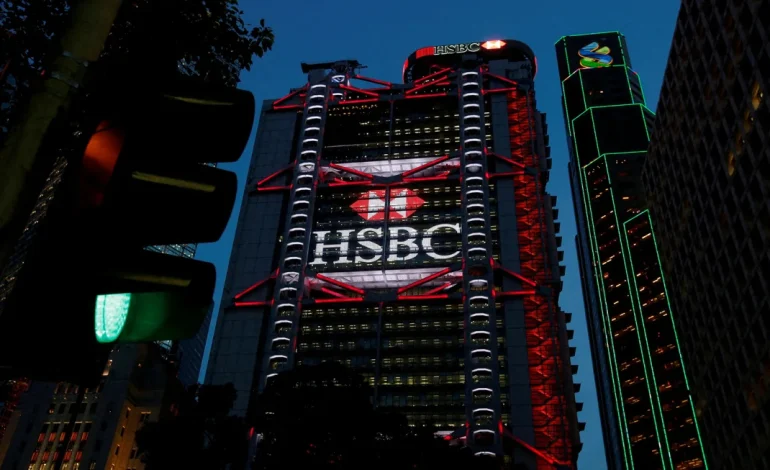HSBC is targeting $1.8 billion in cost reductions by 2026 as part of an ongoing restructuring plan spearheaded by its new CEO, Georges Elhedery, who took over the leadership in September.
Elhedery has made it clear that the bank’s focus will be on boosting returns and enhancing efficiency, with an eye on further expanding HSBC’s presence in Asia, which remains its largest profit source.
In its full-year results, HSBC reported a pre-tax profit of $32.3 billion for 2024, a 6.6% increase from the previous year, surpassing analysts’ expectations of $31.7 billion. This growth was partly driven by a strong performance in the wealth and markets businesses, even as the bank faced challenges like falling interest rates and geopolitical uncertainties, including ongoing tensions between China and the US
As part of its restructuring strategy, HSBC has committed to $300 million in cost reductions for 2025, with the ultimate goal of reducing its cost base by an annualized $1.5 billion by the end of 2026. The bank also announced a $2 billion share buyback, set to be completed before the next earnings report, signaling confidence in its ongoing transformation.
The cost-cutting measures align with Elhedery’s broader efforts to streamline operations and improve resource allocation across geographical markets, business lines, and the balance sheet. While workforce reductions are part of the plan—HSBC’s headcount dropped by 3% last year—Elhedery emphasized that the focus will be on creating a more agile and focused bank. The restructuring includes significant changes to HSBC’s management structure, particularly in its investment banking operations, which have been scaled back in Europe and the Americas to shift resources toward the bank’s core Asian markets.
While the move has resulted in a few high-profile departures, including some senior executives, analysts have largely viewed the changes as necessary to strengthen HSBC’s position in the long term. Michael Makdad, Senior Equity Analyst at Morningstar, highlighted that while the lack of dramatic, eye-catching measures may seem unremarkable, HSBC’s approach to cutting costs is a deliberate process of refining its operations through smaller, coordinated steps.
The outlook for HSBC remains cautious, with the bank forecasting mid-teens return on tangible equity (RoTE) for each year from 2025 to 2027. Additionally, the bank faces ongoing challenges from diverging interest rate policies across global markets, with the Eurozone potentially lowering rates, the US maintaining its stance, and Japan expected to raise rates. Despite these uncertainties, HSBC remains focused on its restructuring efforts and reinvestment in key areas, including wealth management and transaction banking, to remain competitive in a volatile global financial landscape.
In terms of dividends, HSBC plans to pay a fourth interim dividend of $0.36 per share for the final quarter of 2024, contributing to a total dividend of $0.87 for the year, which includes a special dividend related to the disposal of its Canadian business.
Reuters, CNN, Bloomberg, CNBC, and the Financial Times contributed to this report.










The latest news in your social feeds
Subscribe to our social media platforms to stay tuned